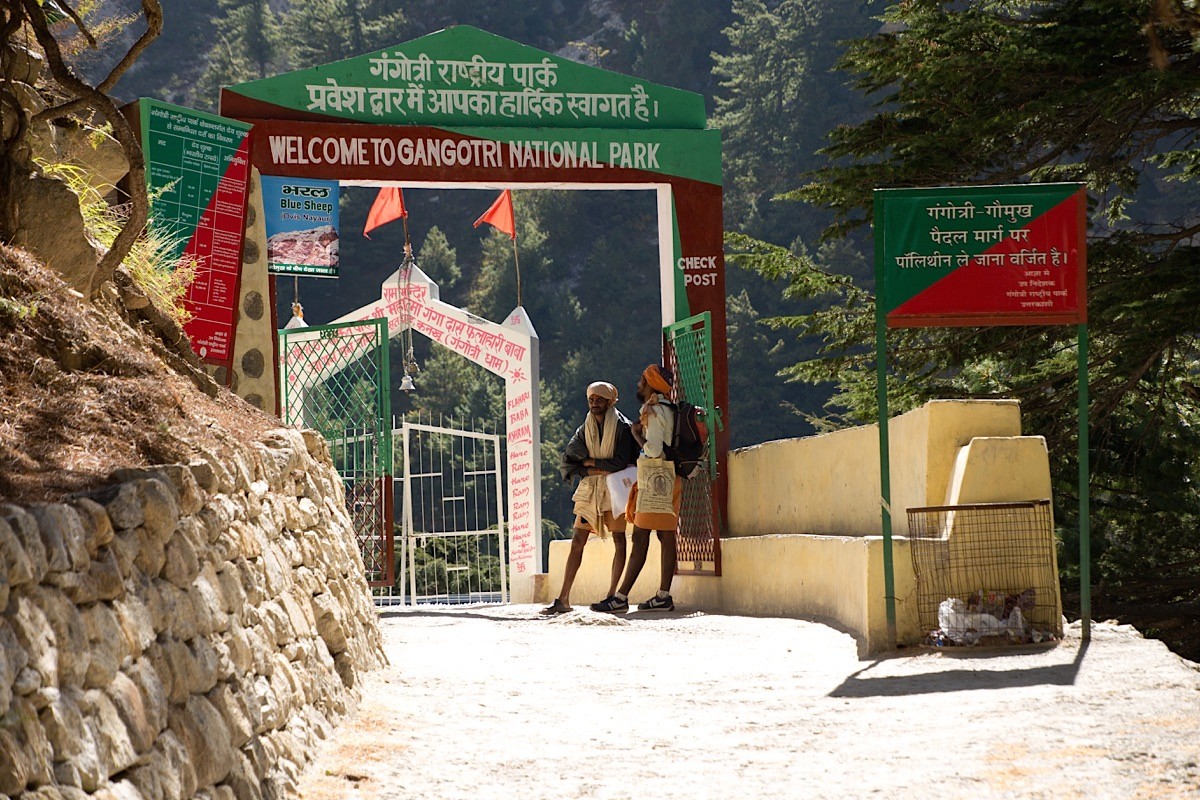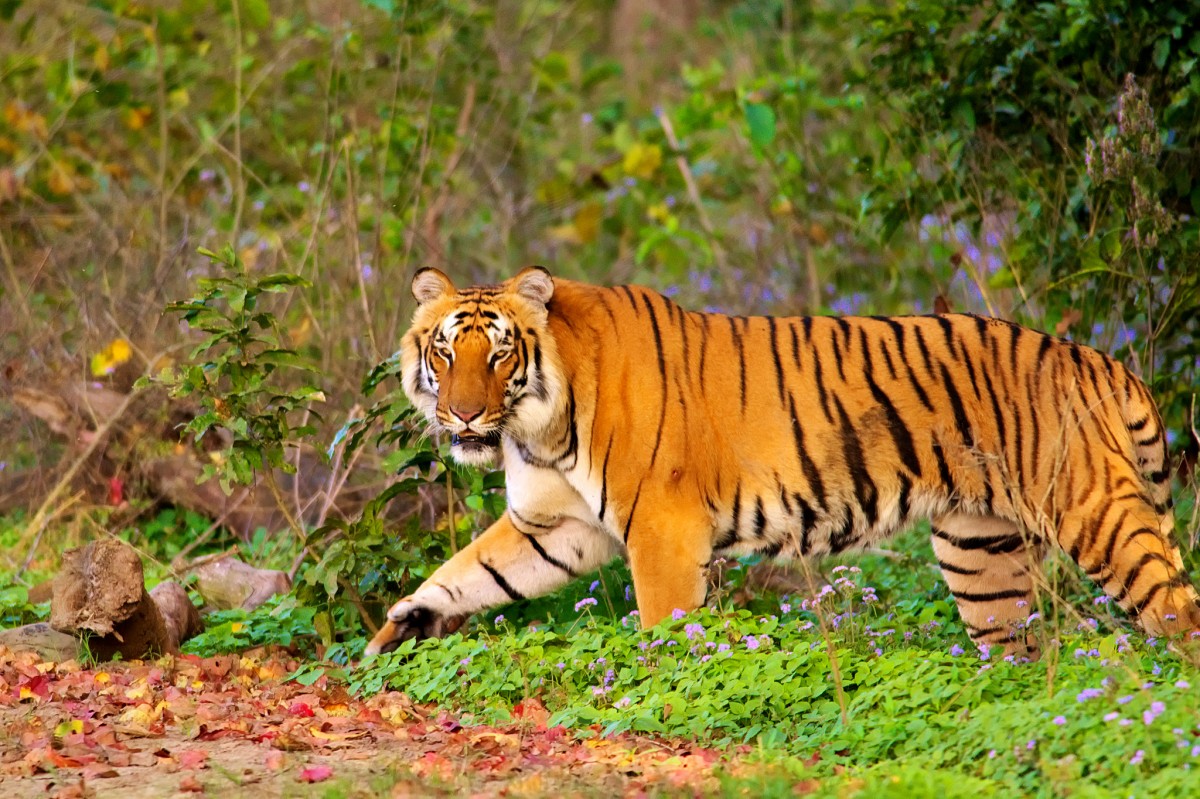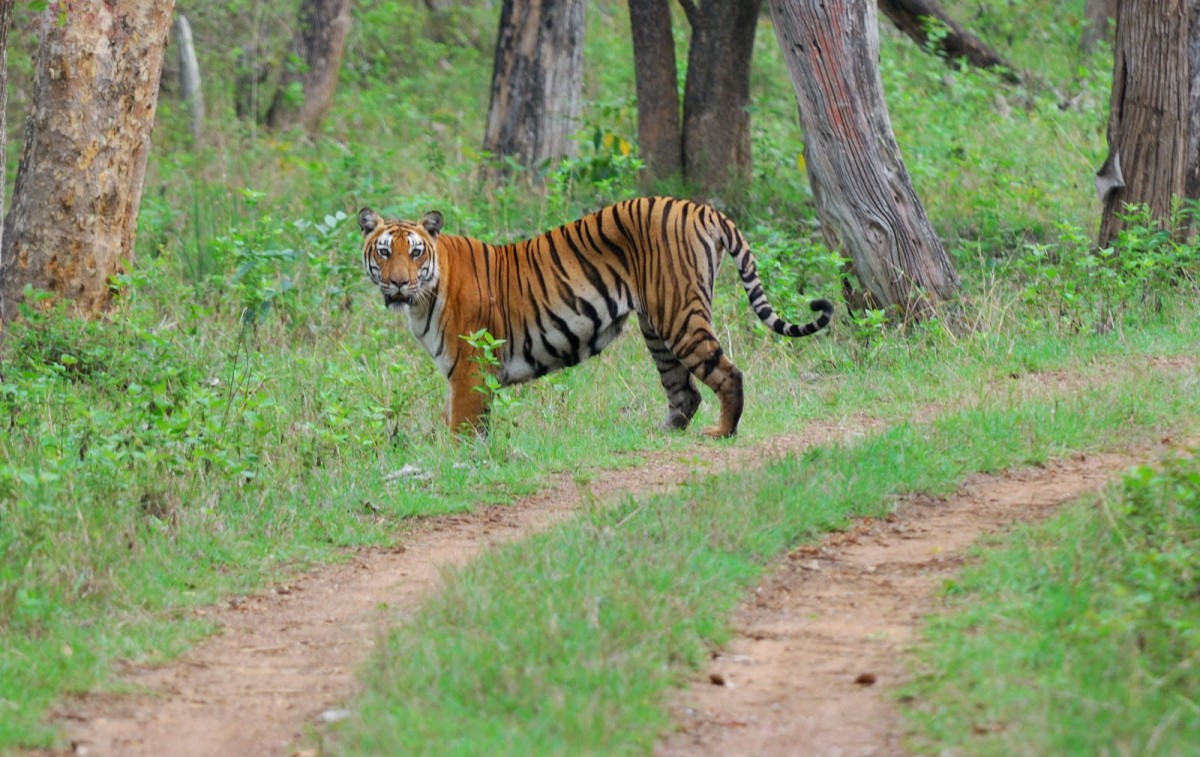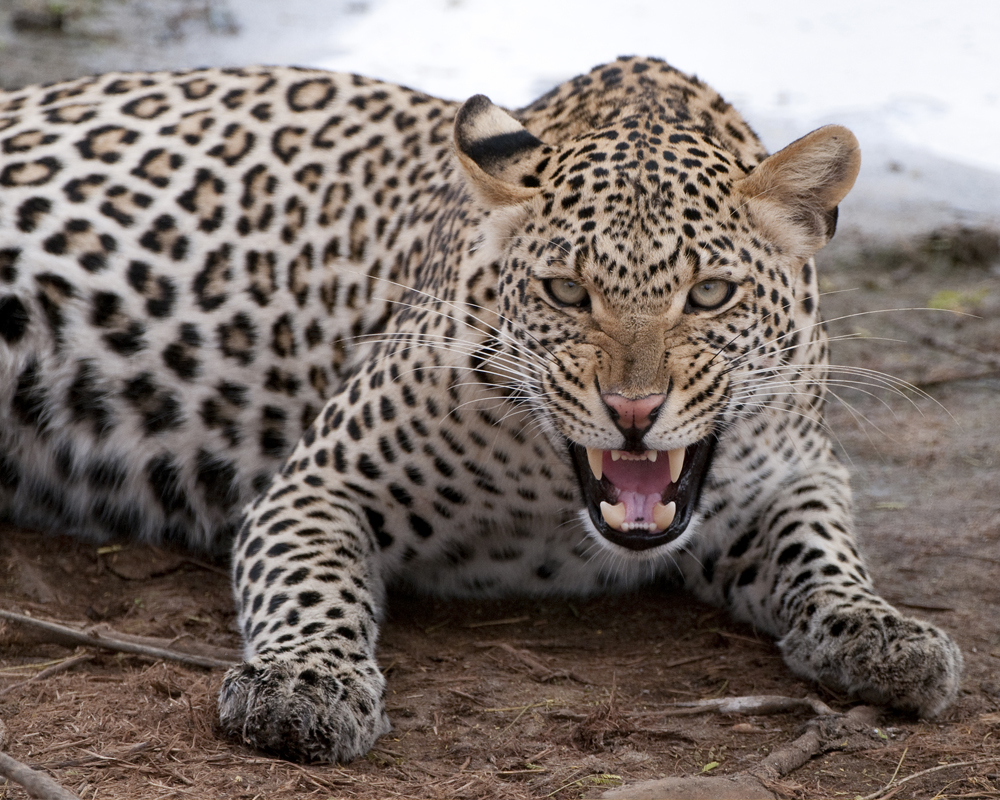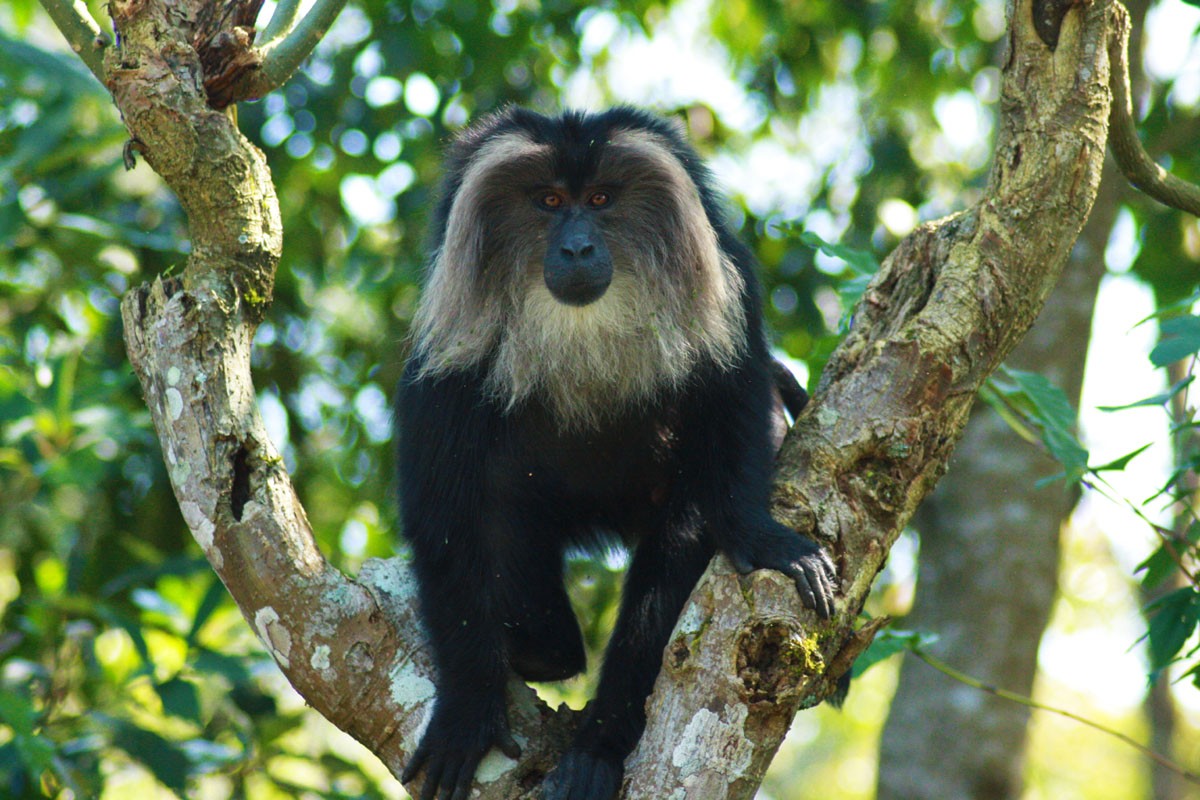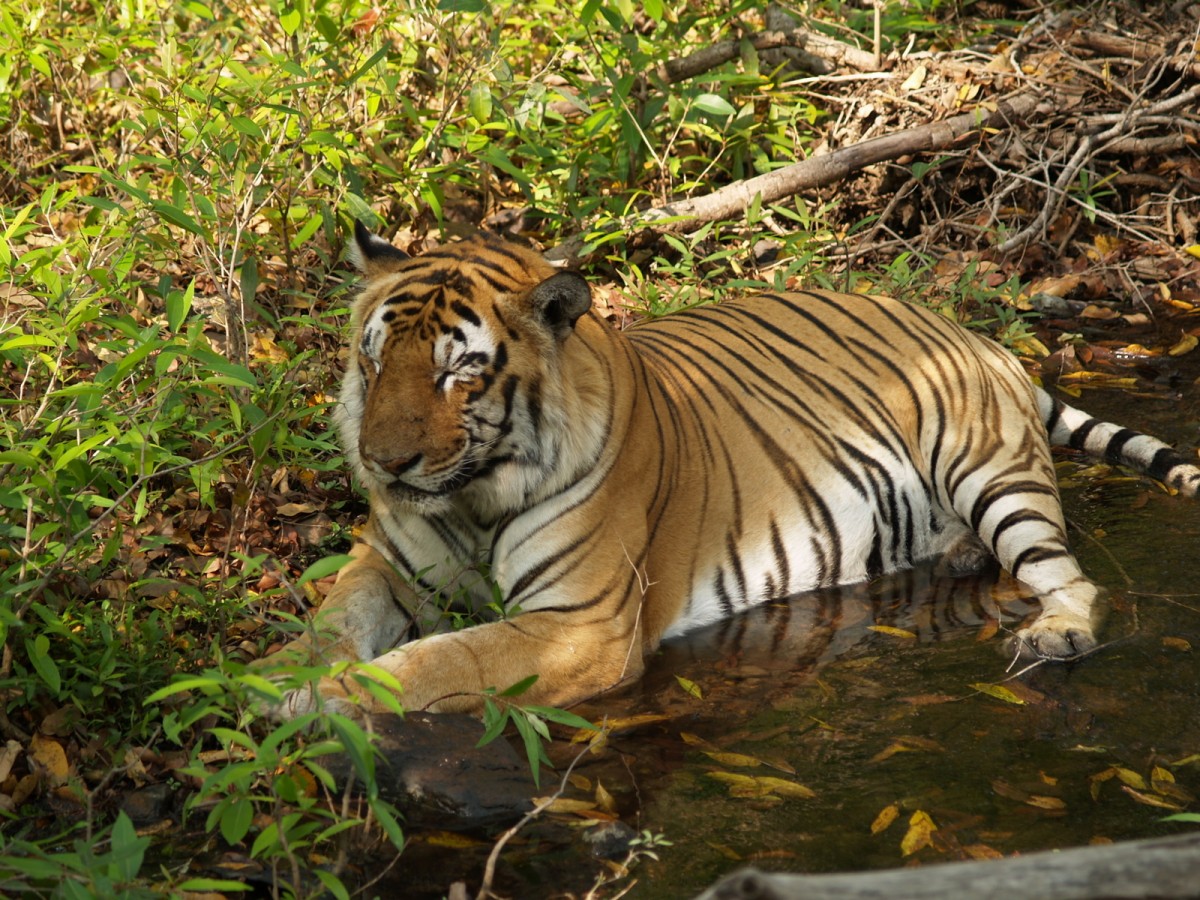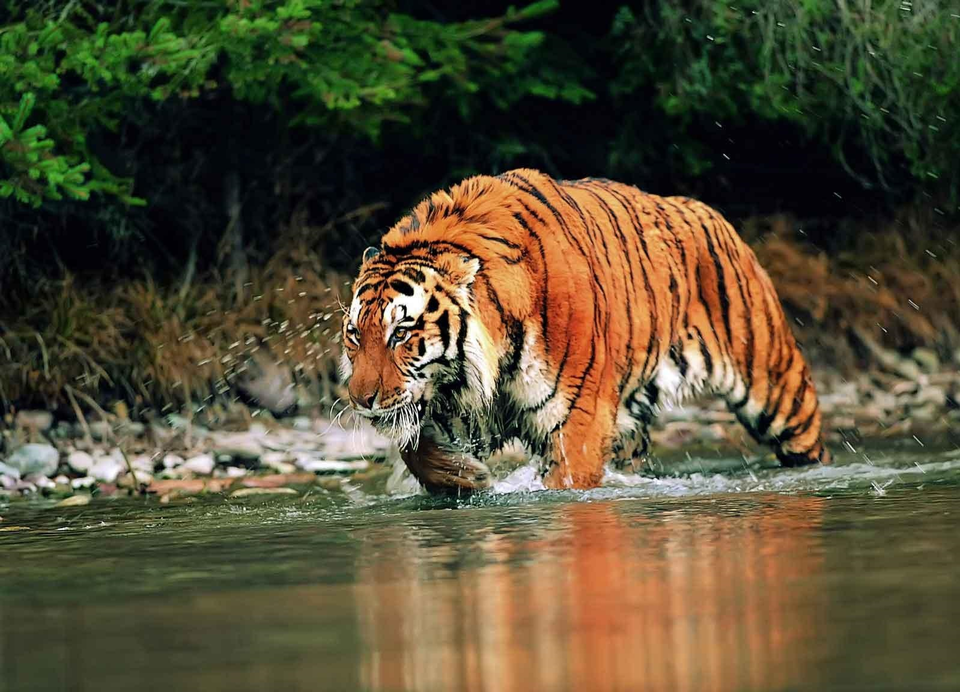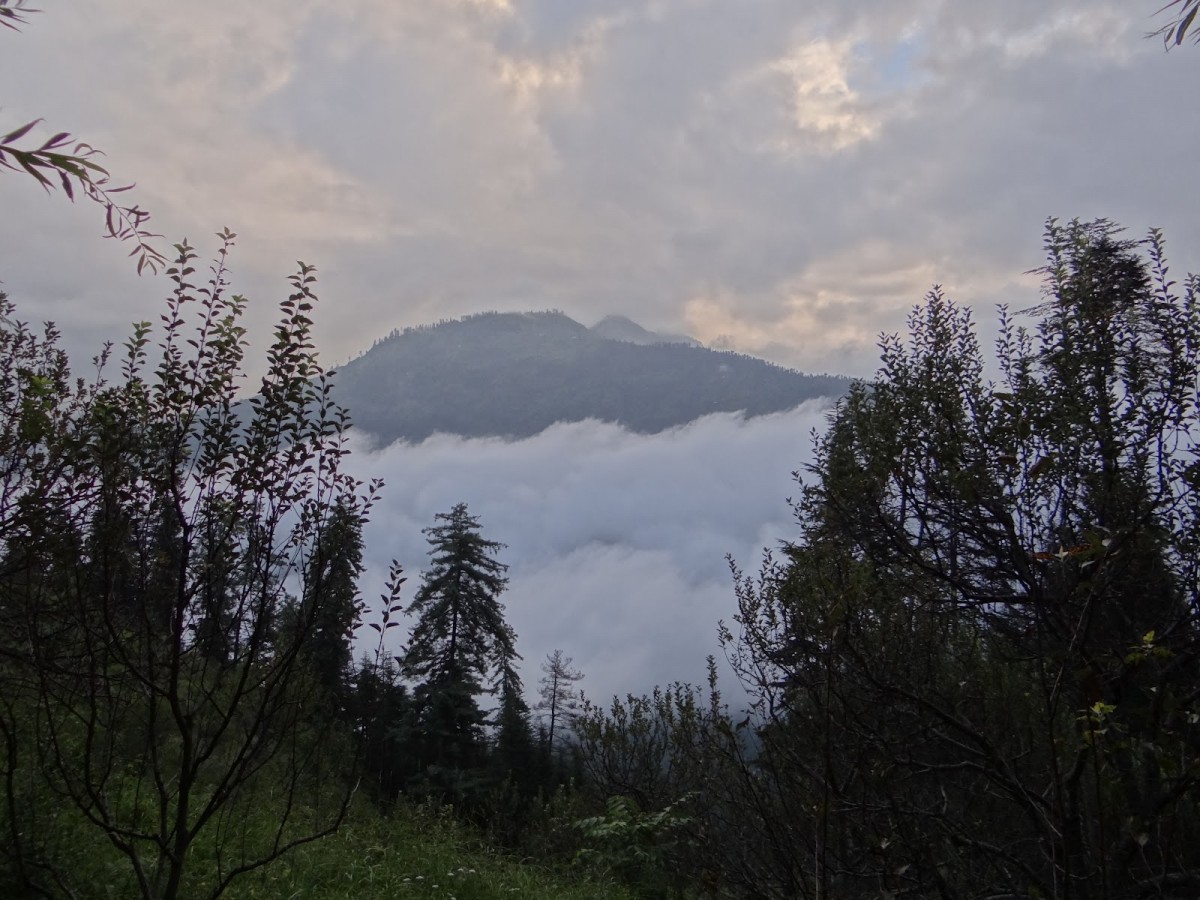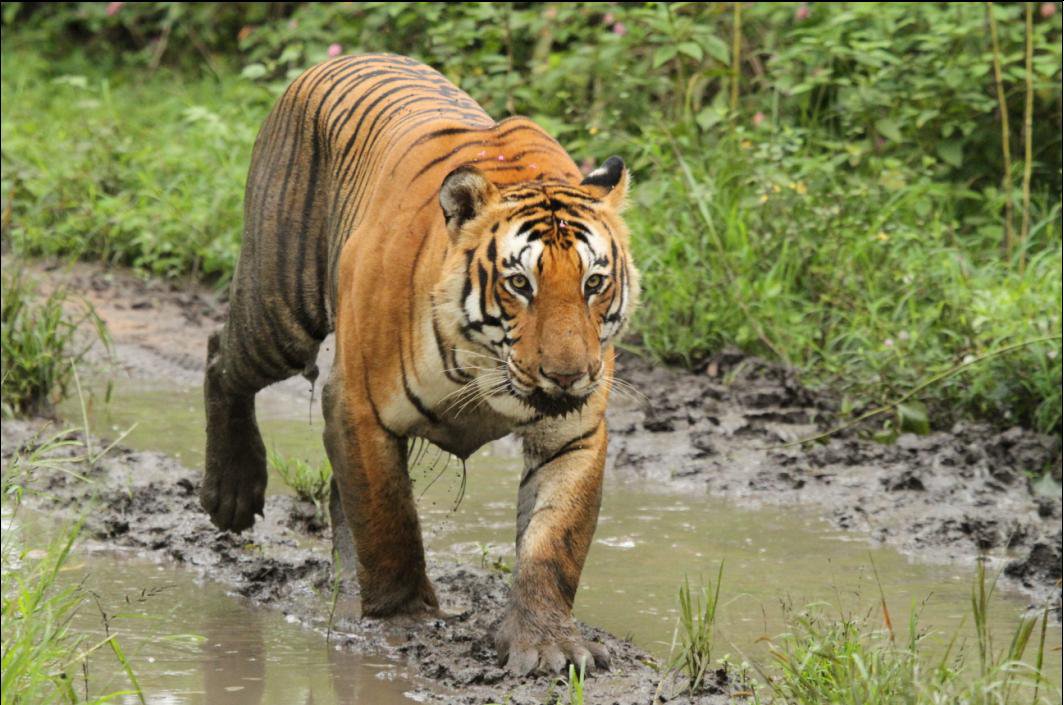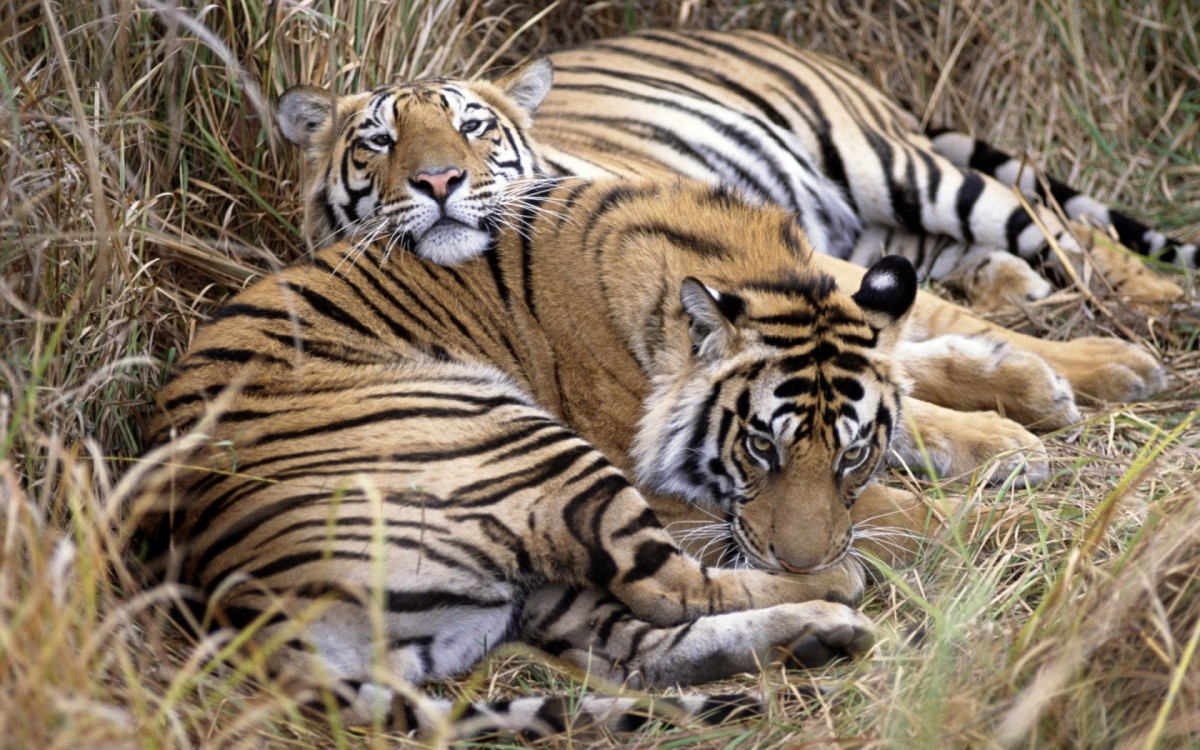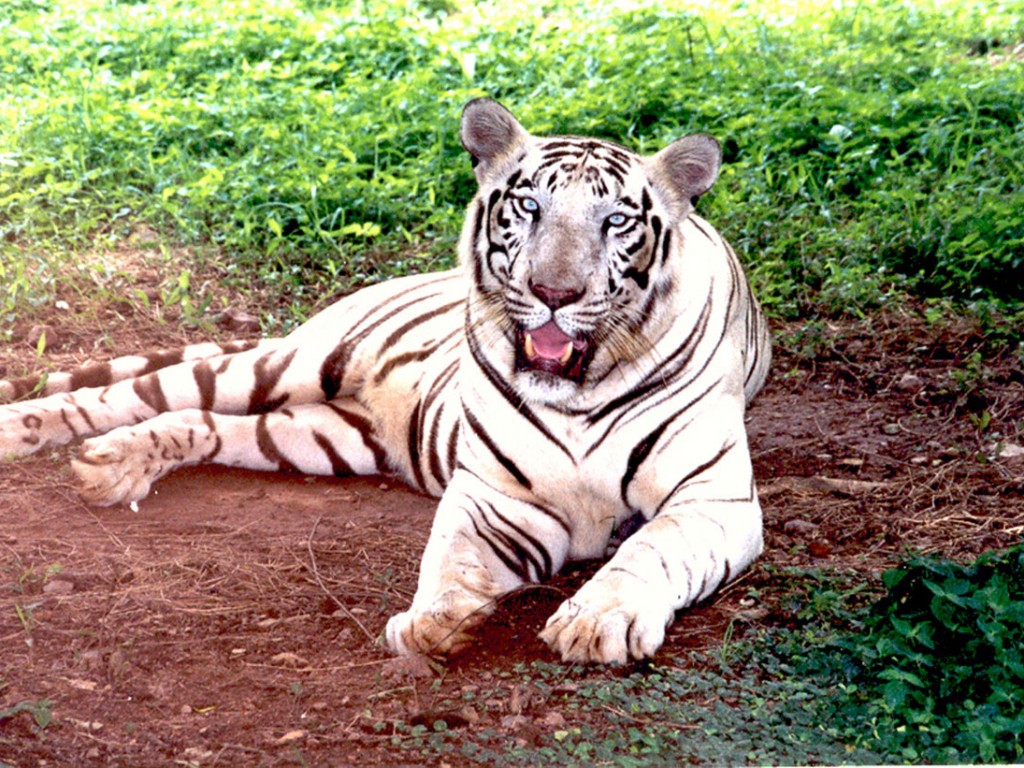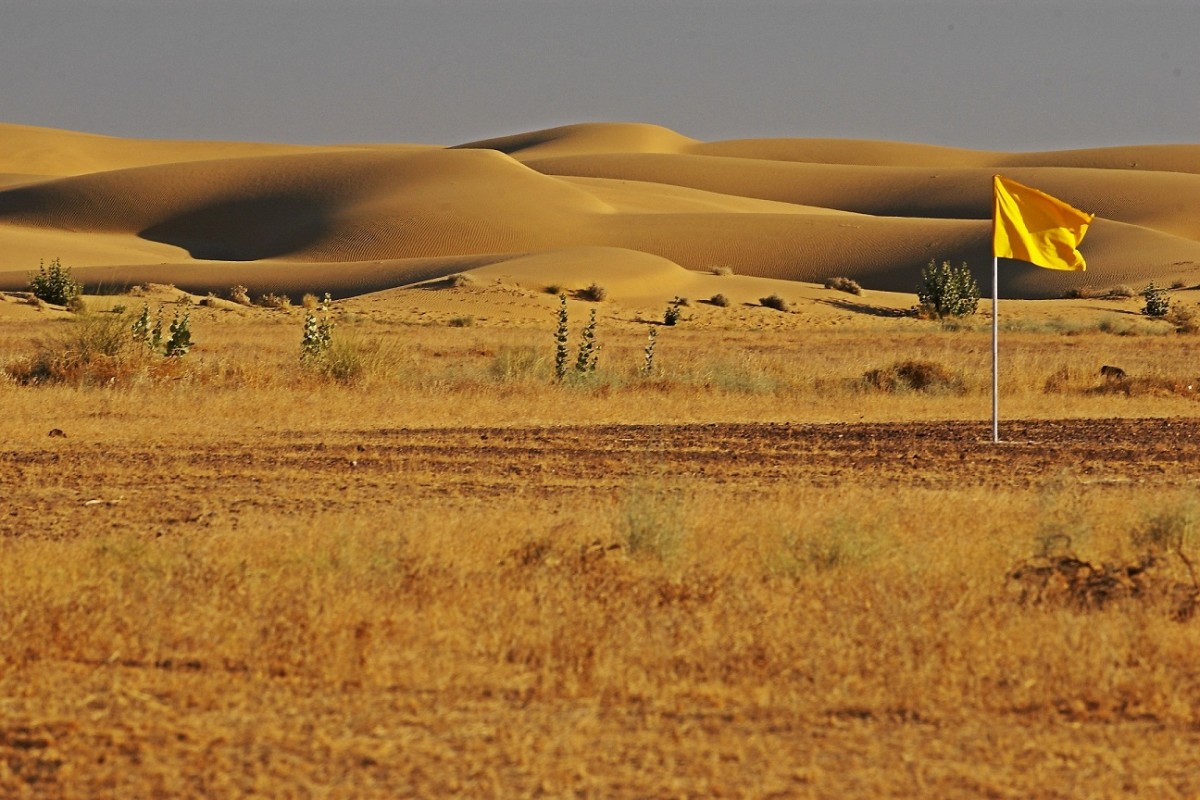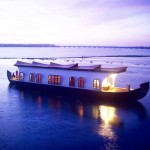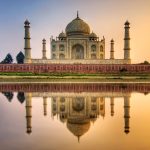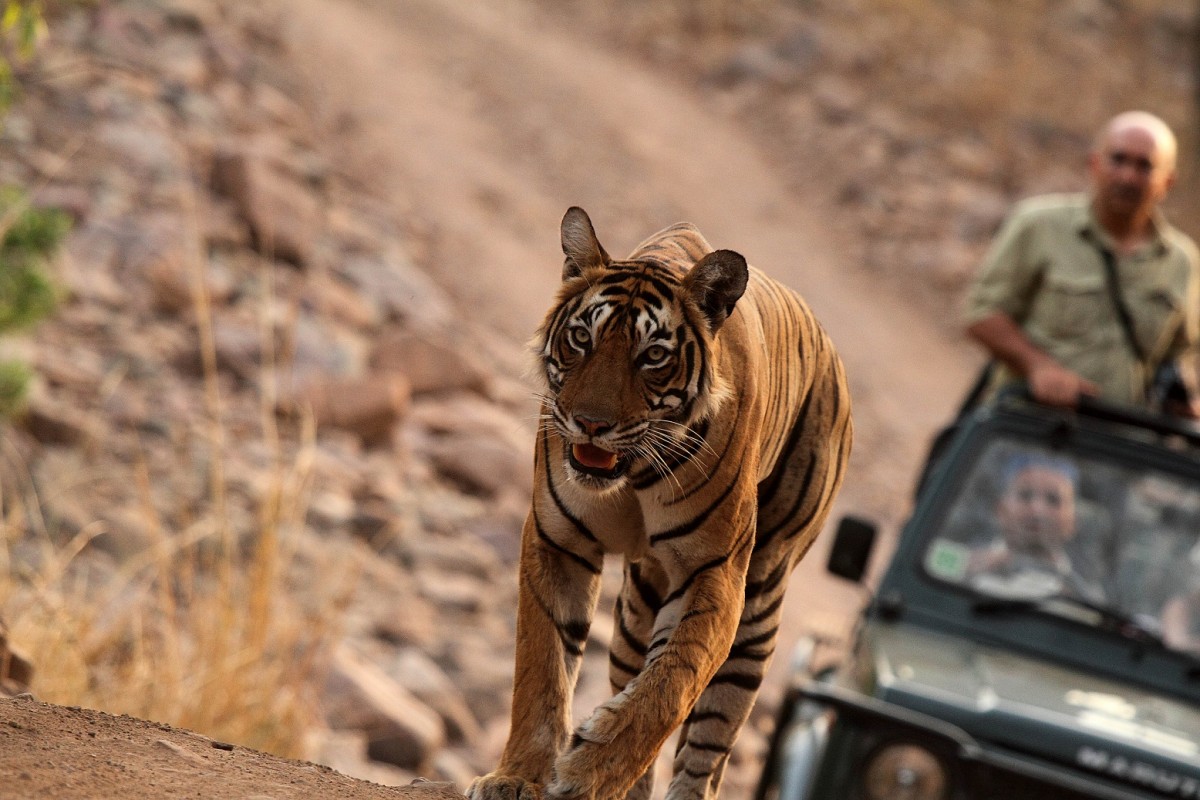
Rajaji National Park
Park At A Glance
| IUCN Category | II (National park) |
| State | Uttar anchal |
| District | Haridwar, Dehradun, pauri Garhwal. |
| Area | 820 sq. km. 3,153 ha divided into two sections by the Ganges Rivers the larger western portion (Rajaji and Motichur) occupies about 57,100ha and the smaller eastern portion (Chilla) 24,900ha. |
| Year of Notification | 12 August 1983 |
| Altitude | 450-1,000m |
| Longitude | 77o 5’-78o 19o ’ E |
| Latitude | 29o 52’-30o 15’N |
| Recommended Period for Visit | October – June |
| Nearest town | Haridwar (3km), Dehradun (31km) |
| Nearest Railway Station | Haridwar (3km) Dehradun (31 km) |
| Nearest Airport | Dehradun (31 km.) |
| Accommodation | Forest Rest Houses, Tourist Resort. |
Rajaji National Park: The park has been created in 1983 by amalgamation of three

sanctuaries- Rajaji sanctuary(estd. 1948) Motichur sanctuary (estd. 1964) and Chilla sanctuary(estd. 1977) after the name of renowned statesman and freedom fighter Sri C. Rajgopalachariya – The first and last Governor General of independent India popularly known as “Rajaji”. The park is spread over an area of 820.42 sq. km. in three Districts- Dehradun, Haridwar & Pauri Garhwal of Uttaranchal State, India.
Three sanctuaries in the Dehradun Shivaliks- Rajaji, Motichur and Chilla were amalgamated into a large protected area and named
Uttaranchal Forest Development Corporation takes you on a tour to Rajaji National Park and acquaints you with the wildlife of the region.
Spread over an area of 820.42 sq kms., Rajaji is a magnificent ecosystem nestled in the Shivalik ranges and the beginning of the vast Indo–Gangetic plains, thus representing vegetation of several distinct zones and forest types like riverine, broad–leaf mixed forests, Chirpine forests, scrubland and grassy pasturelands. It possesses as many as 23 species of mammals and 315 avifauna species.
Considering the abundance of nature’s bounties heaped in and around this park, it is bound to attract a large number of wildlife conservationists, nature lovers and eco-friends to visit this most breathtaking wilderness area.
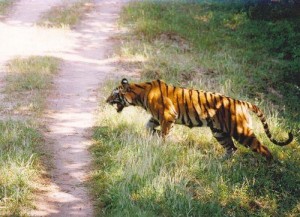
Sight Seeing: Visitors may have the adventure of a lifetime vacationing in the Rajaji National Park. One may watch a herd of elephants roaming majestically in the jungle or even a tiger picking its way through the tall grass or may find oneself excited by wildlife of many kinds including leopard, jungle cat, Himalayan yellow throated marten, sambar, cheetal, barking deer, wild boar, sloth bear, langoor, ghoral, monitor lizard, python, civet and even king–cobra and a vast variety of winged delights; pea fowl, jungle fowl, kaleej pheasant, hornbil, woodpecker, thrushes, kingfishers, parakeets, warbler, barbet, finch, Indian roller, oriola and the list goes on.
In winters, a large variety of fascinating migratory birds play in the azure waters of the River Ganga, which flows through the park. Both the rivers of the area, Ganga and Song sheltered various species of fish like Mahaseer, Kalabanse, Goonch, Chilwa and Trout.

